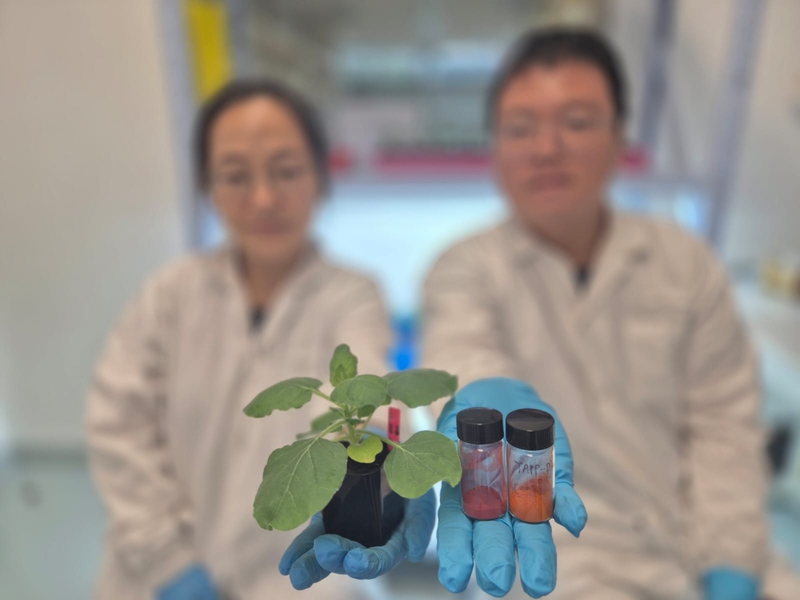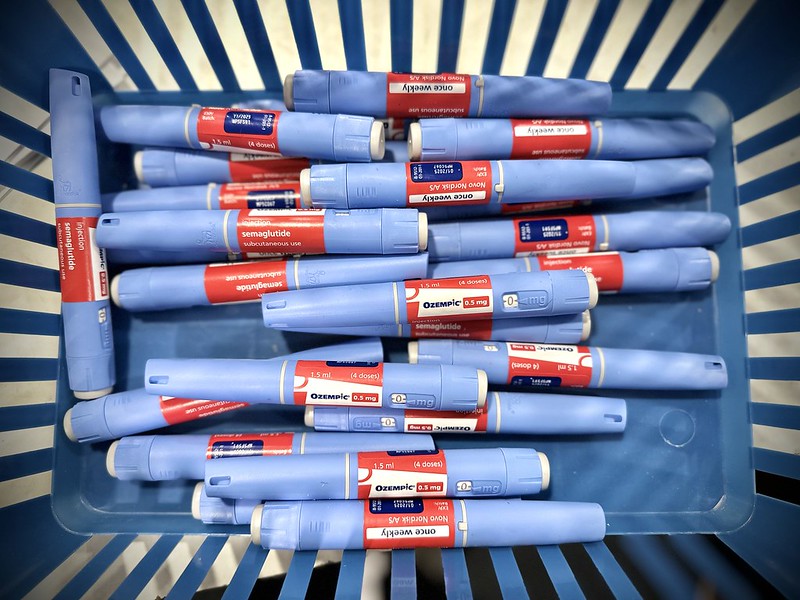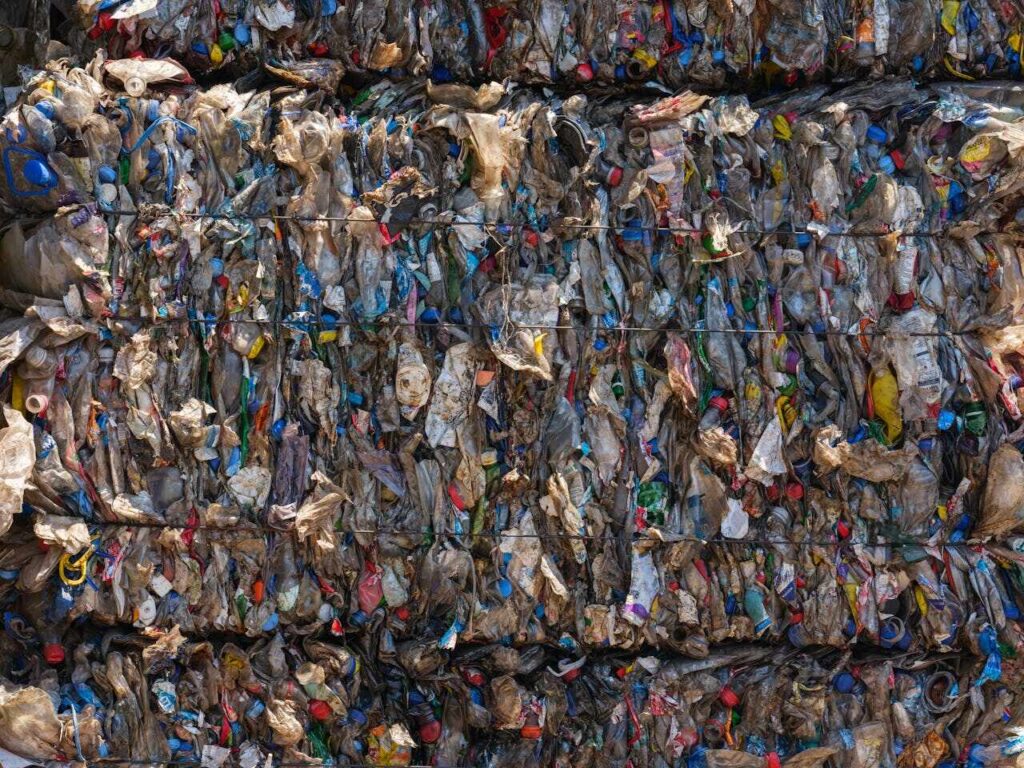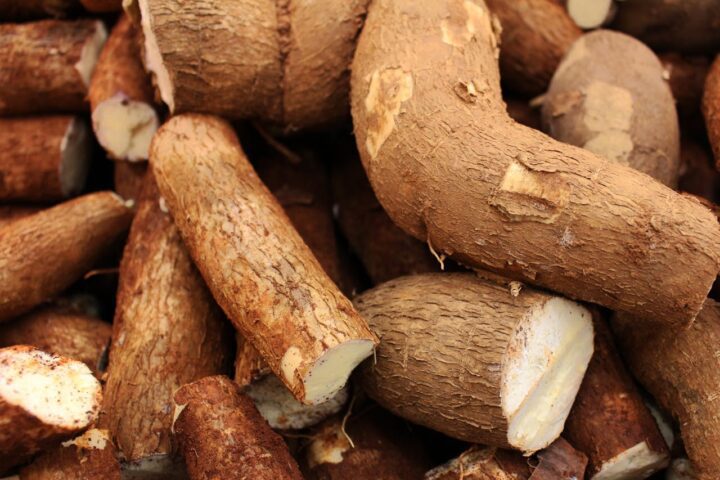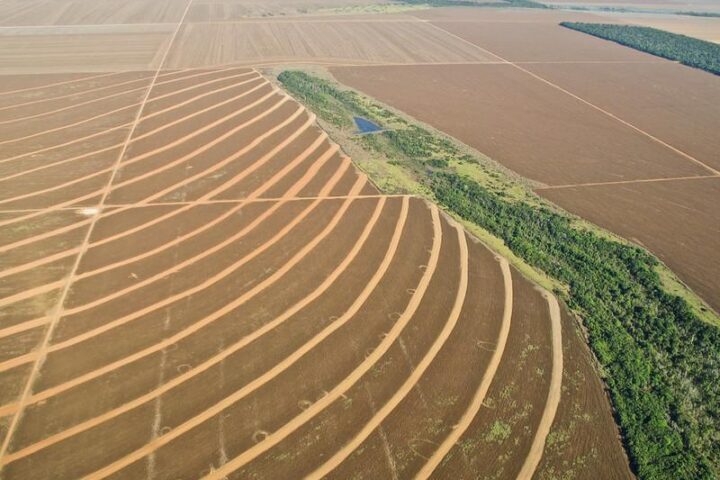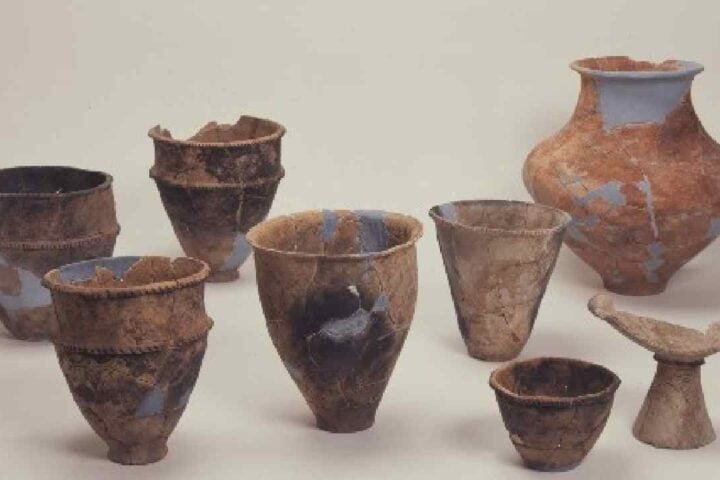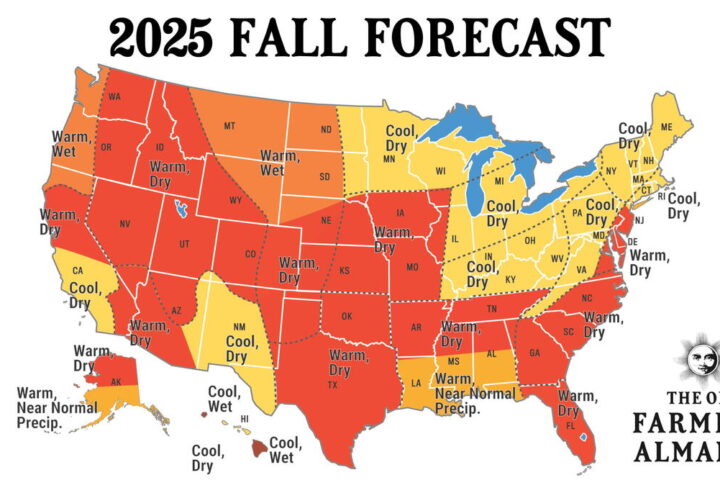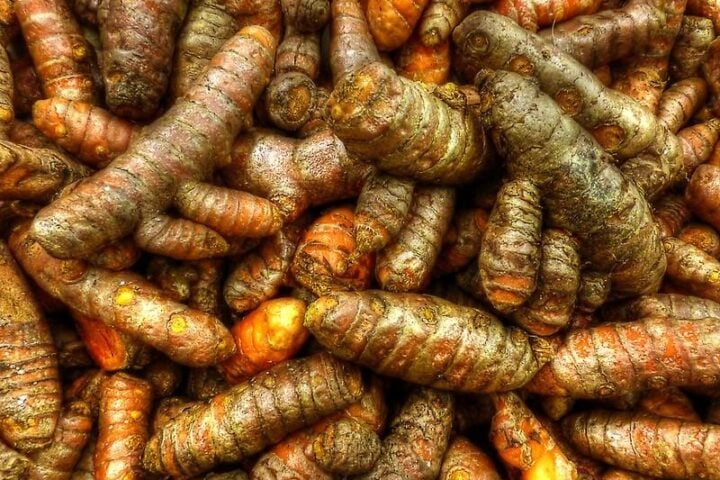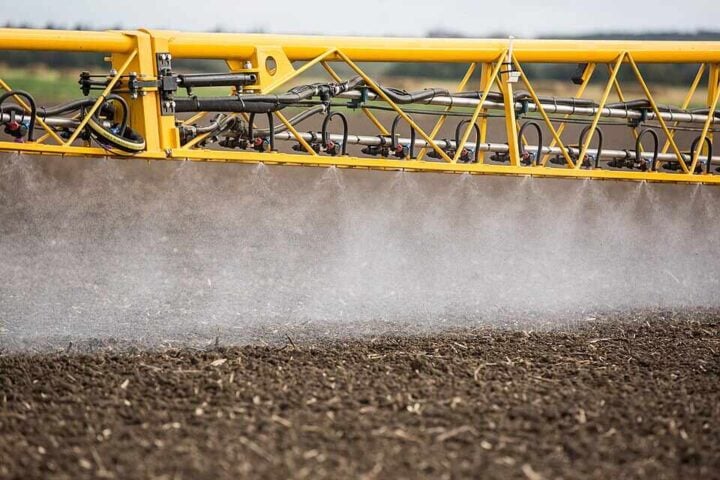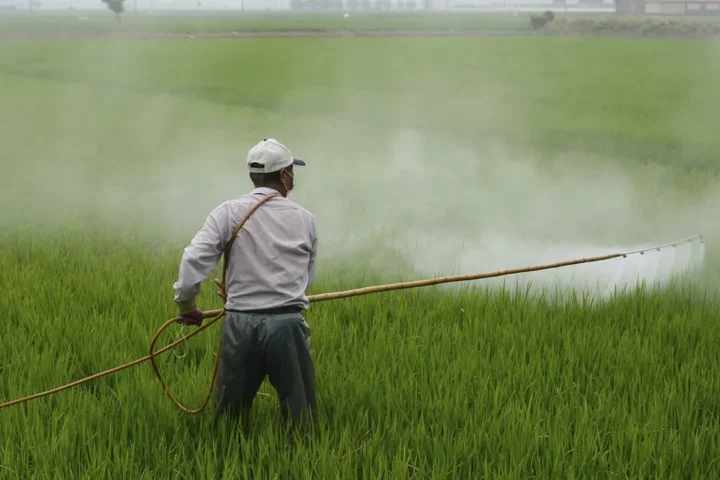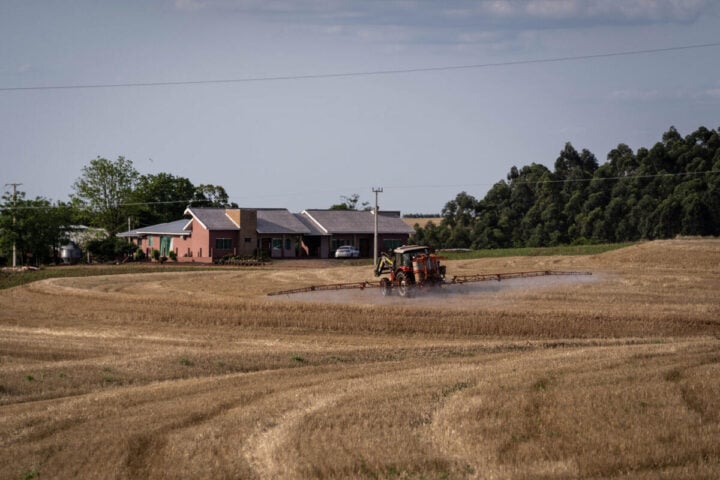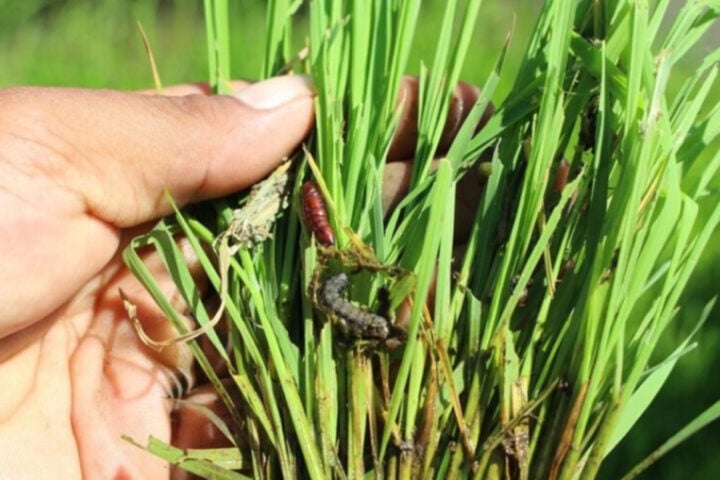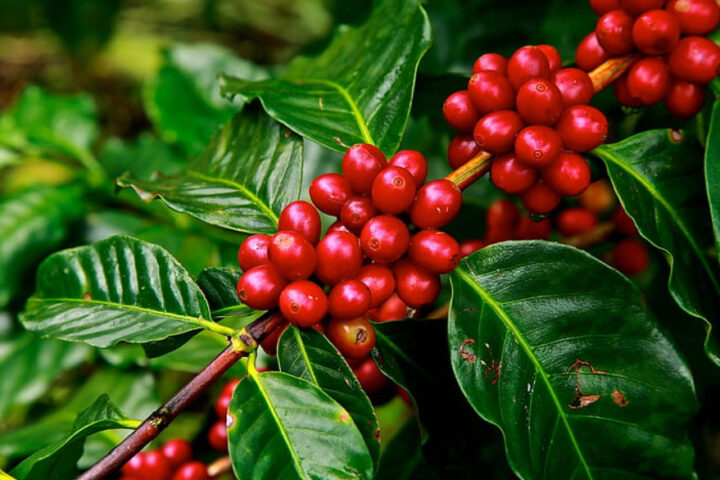In an era where agricultural challenges mount under climate pressures, researchers from the Singapore-MIT Alliance for Research and Technology (SMART) and the Disruptive and Sustainable Technologies for Agricultural Precision (DiSTAP) interdisciplinary research group, in collaboration with Temasek Life Sciences Laboratory and MIT, have developed sensors that detect plant dehydration 48 hours before visible signs appear. These covalent organic framework (COF) sensors, integrated with silk fibroin microneedles, measure pH changes in plant xylem tissues – an early indicator of drought stress.
Scientific Innovation Meets Agricultural Necessity
The COF sensors address a decade-long challenge in agricultural monitoring. Previous attempts to create sensors for living biological systems faced limitations in tissue interaction. The new technology combines COF compounds with silk fibroin microneedles, creating a system that safely penetrates plant tissue while maintaining sensitivity to pH changes.
“This type of sensor can be easily attached to the plant and queried with simple instrumentation. It can, therefore, bring powerful analyses, like the tools we are developing within DISTAP, into the hands of farmers and researchers alike,” states Professor Michael Strano, DiSTAP co-lead principal investigator and the Carbon P. Dubbs Professor of Chemical Engineering at MIT.
Technical Precision in Plant Monitoring
The research team synthesized four COF compounds exhibiting tunable acid chromism – a property that causes color changes in response to pH variations. When integrated with transparent silk fibroin microneedles, these compounds transition from dark red to red as pH levels rise in xylem tissues, signaling drought stress.
Song Wang, research scientist at SMART DiSTAP and co-first author, explains: “Building on our previous work with biodegradable COF-SF films capable of sensing food spoilage, we’ve developed a method to detect pH changes in plant tissues. When used in plants, the COF compounds will transition from dark red to red as the pH increases in the xylem tissues, indicating that the plants are experiencing drought stress and require early intervention to prevent yield loss.”
Agricultural Impact and Climate Adaptation
Professor Benedetto Marelli, co-corresponding author, principal investigator at DiSTAP, and associate professor of civil and environmental engineering at MIT, contextualizes the development: “The COF-silk sensors provide an example of new tools that are required to make agriculture more precise in a world that strives to increase global food security under the challenges imposed by climate change, limited resources, and the need to reduce the carbon footprint. The seamless integration between nanosensors and biomaterials enables the effortless measurement of plant fluids’ key parameters, such as pH, that in turn allows us to monitor plant health.”
The technology enables 3D mapping of pH levels inside plant tissues using a smartphone camera while the plant remains alive – a less invasive alternative to traditional methods. Yangyang Han, senior postdoc at SMART DiSTAP and co-first author, notes: “SF microneedles are robust and can be designed to remain stable even when interfacing with biological tissues. They are also transparent, which allows multidimensional mapping in a minimally invasive manner.”
More Stories
Future Applications and Research Direction
The SMART DiSTAP team continues development beyond pH detection, focusing on sensing a broad spectrum of biologically relevant analytes such as plant hormones and metabolites. This expansion could provide deeper insights into plant health and stress responses, essential for agricultural adaptation to changing environmental conditions.
The research appears in Nature Communications (DOI: 10.1038/s41467-024-53532-7), documenting the real-time detection capabilities and potential applications in agricultural management. The research is conducted by SMART and supported by the National Research Foundation of Singapore under its Campus for Research Excellence And Technological Enterprise program.
